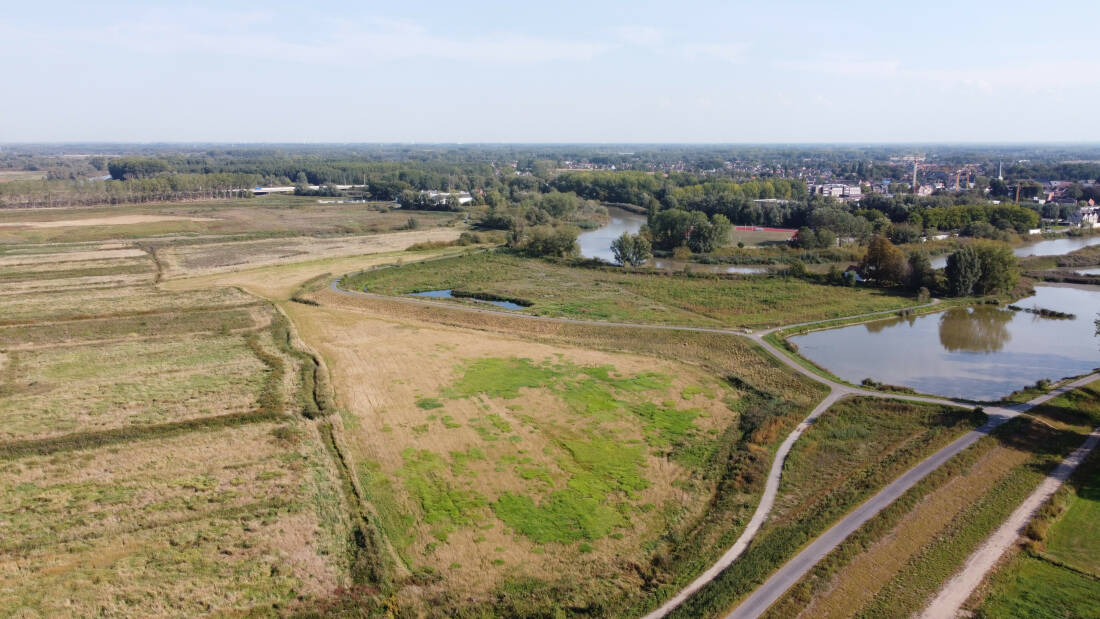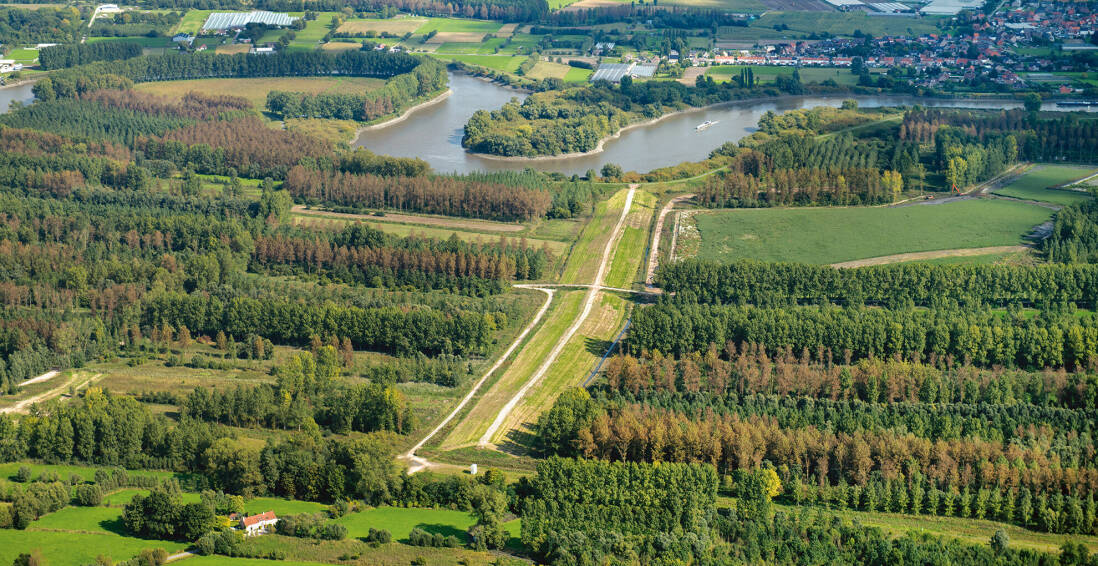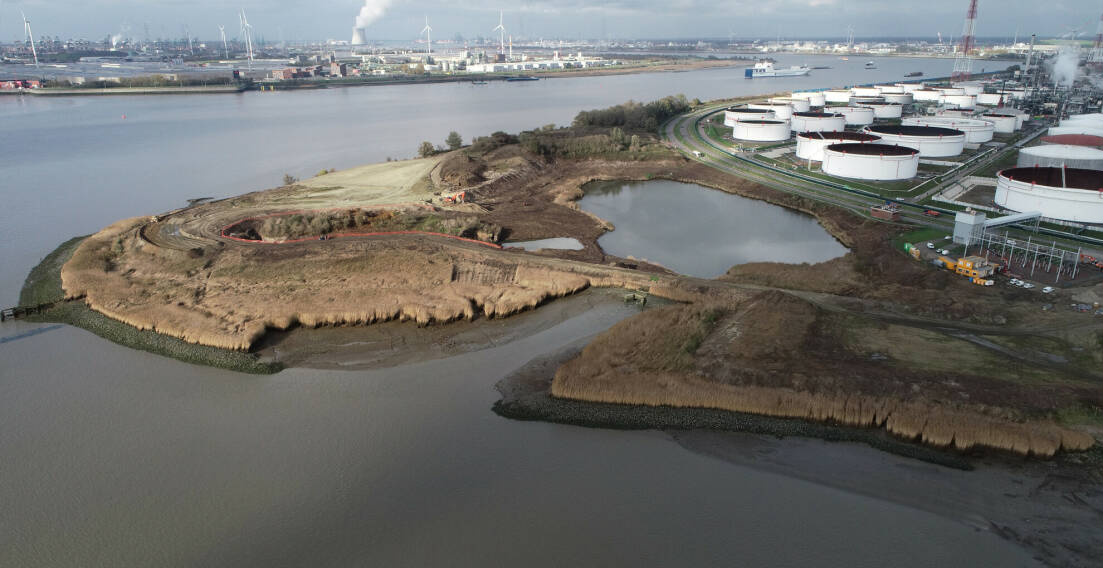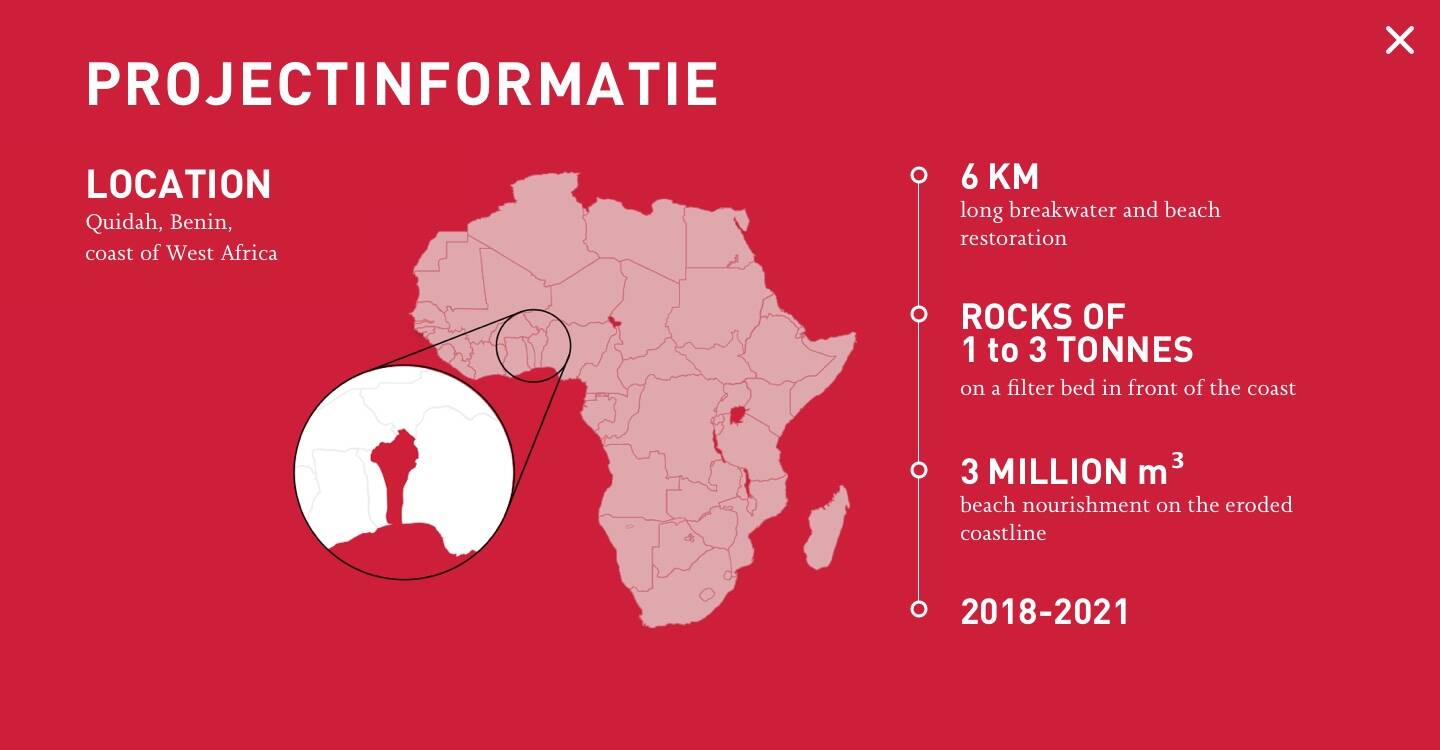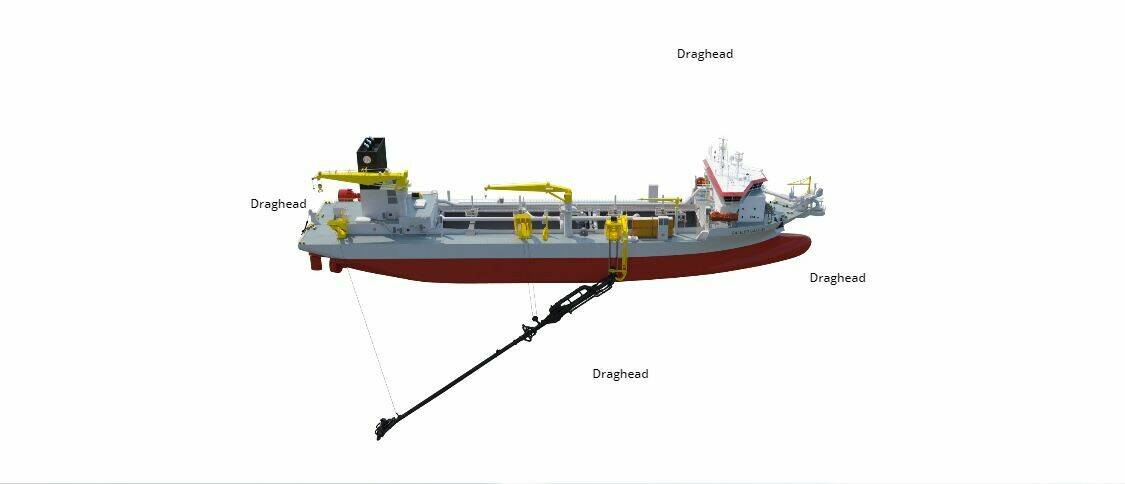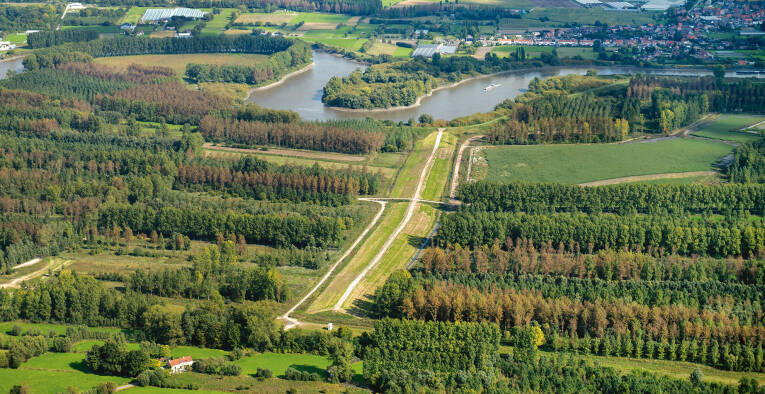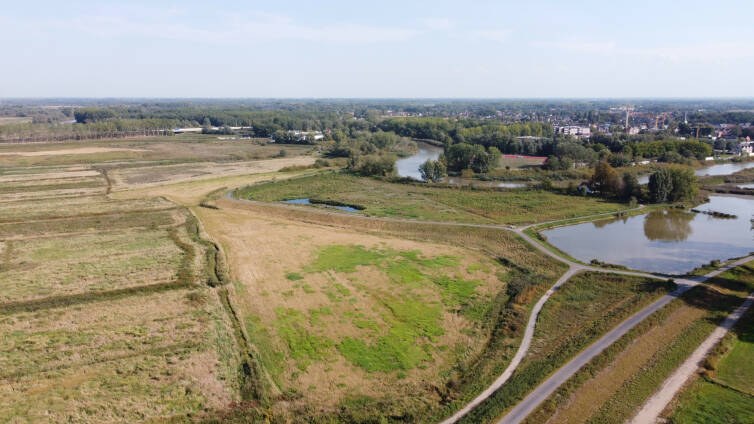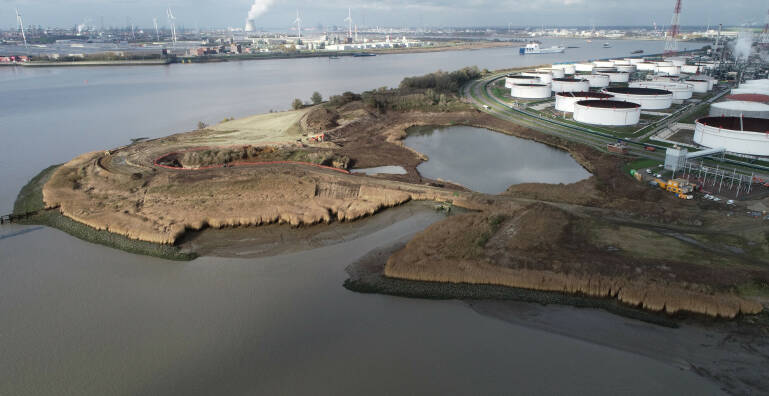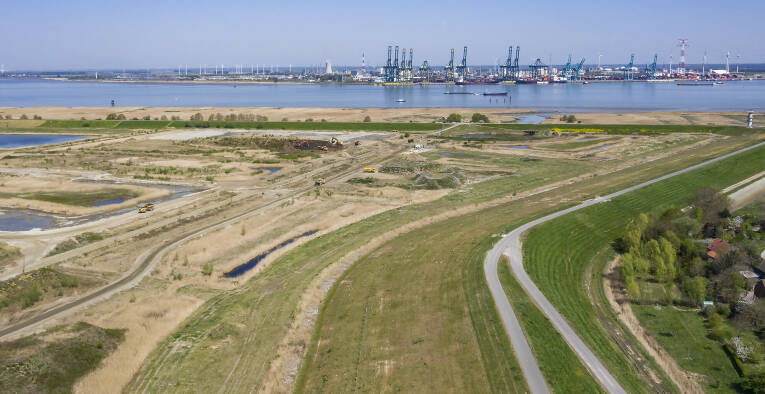




Loic Mallet
Works Manager Dredging and Civil
Estefany Torres Castro
Geologist

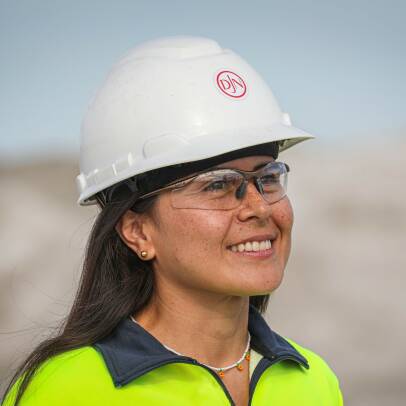

When the works are completed, the port of Montevideo will be a major hub for the continent. Moreover, it will directly and indirectly provide an increase in employment.

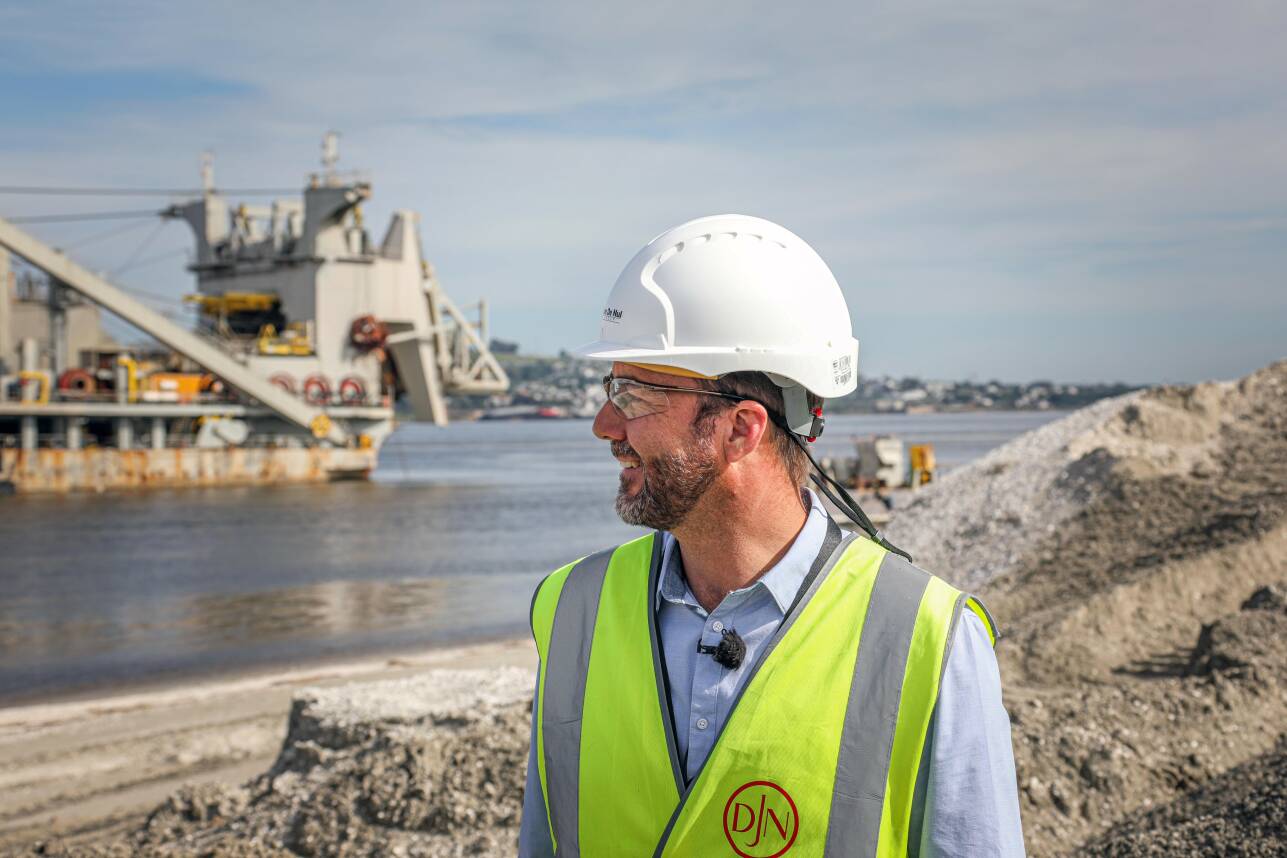

An added challenge in the construction of this new terminal and quay wall is the historic “Escollera Sarandi” and the “Hotel Nacional”. Both are historical structures near the project site. To protect them from the vibrations of the drilling and blasting works, we use a seismograph to constantly monitor the impact.
“Escollera Sarandi”, the historical breakwater and an important monument in Montevideo, is situated right next to the project site. There is a spectacular view of the Old Town and the harbour, and it is a meeting place for fishing lovers. An element that requires our special attention during the works on the project as this breakwater is very fragile. We always maintain a safe distance of 25 metres.
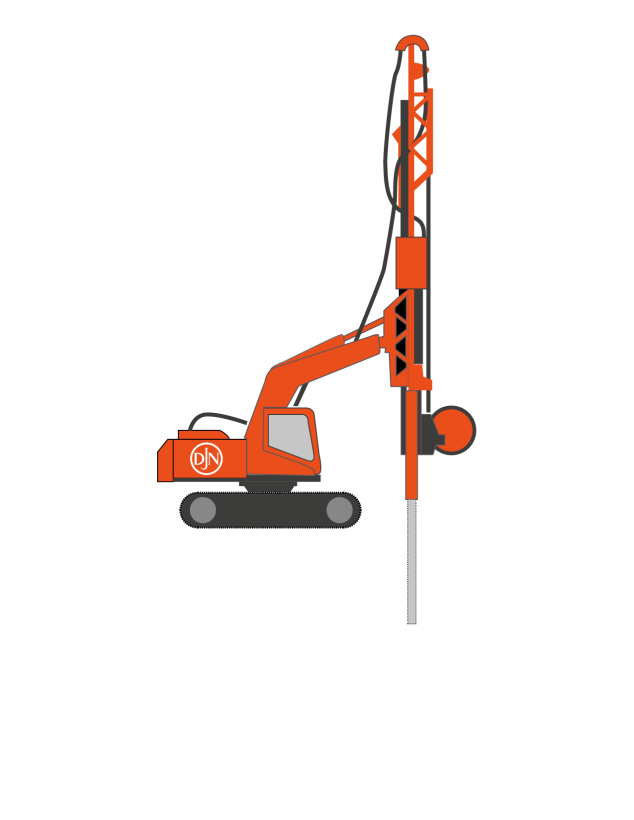
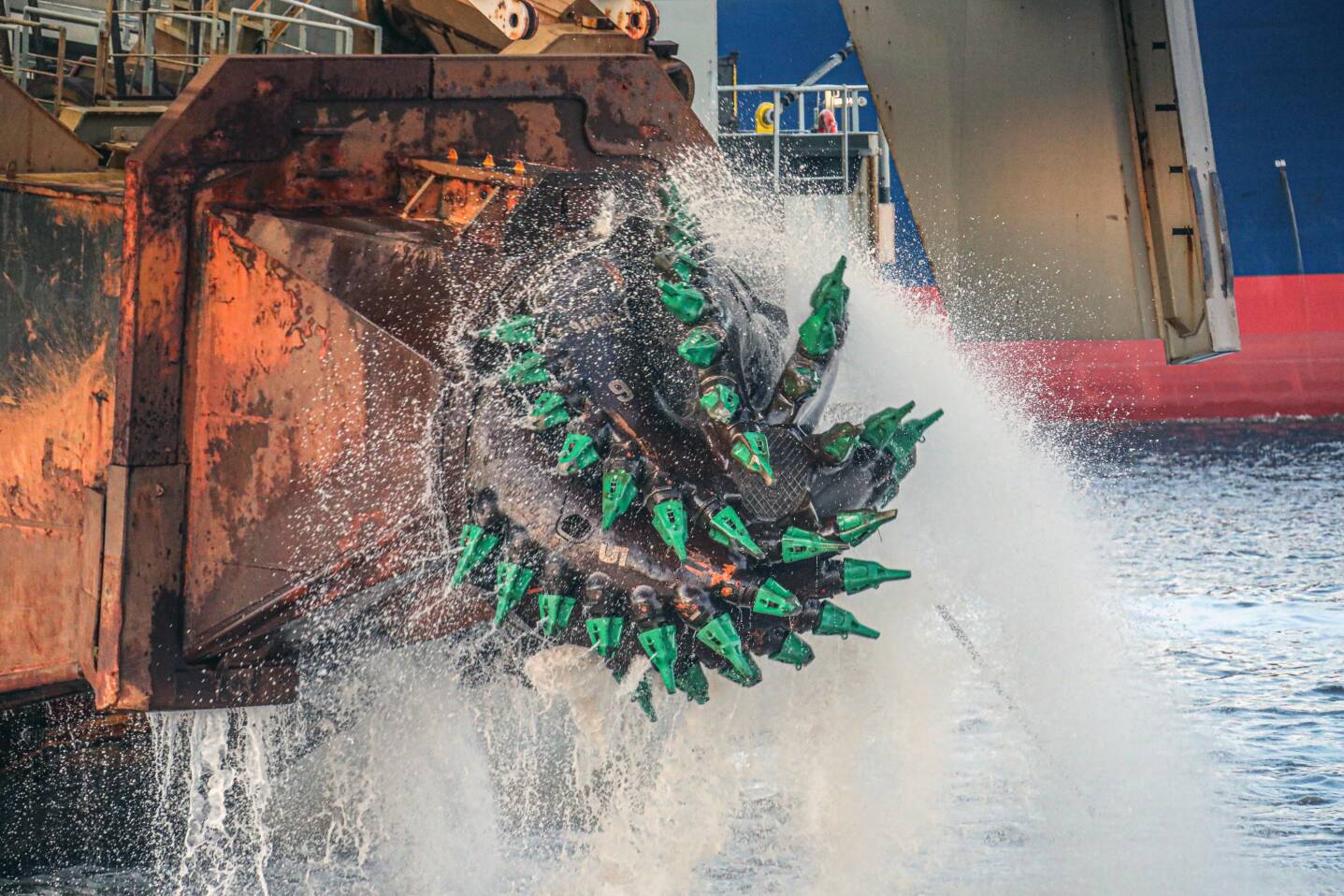
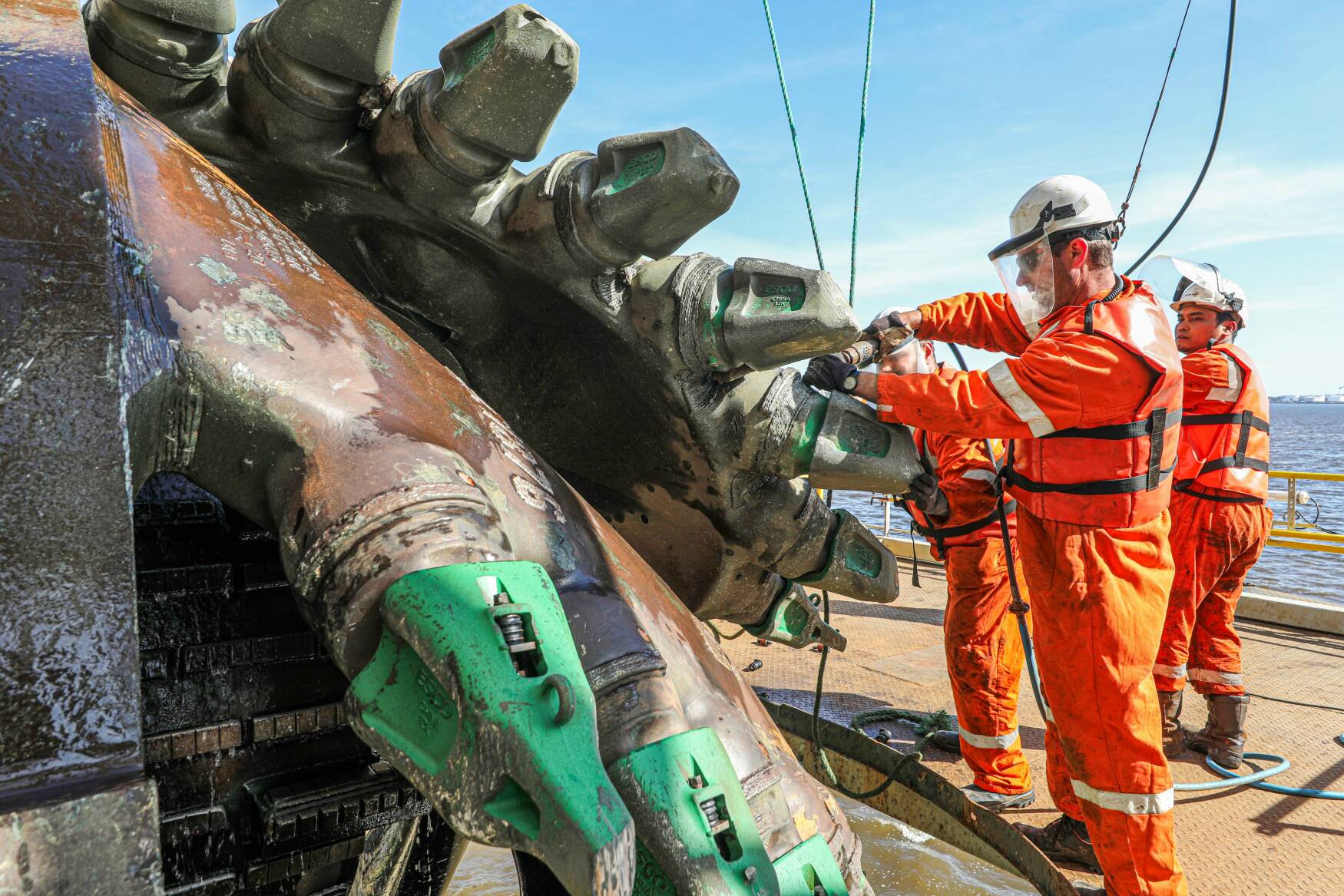
The ever-larger vessels also need greater water depths to reach the ports smoothly and be able to moor at the quay. A depth of 17 metres at the quay wall should guarantee that this quay is prepared for possible future deepening of the access channel to accommodate those larger vessels to enter the port of Montevideo.
This is where our cutter suction dredger Willem van Rubroeck comes into the picture, as the ocean bed here in front of the new quay wall turns out to be bone hard. A challenging assignment that our powerhouse is only too happy to take on. Thanks to the heavy weight of her ladder and the pulling power of her winches, she is the vessel of choice for this job.
In addition to the Willem van Rubroeck dredging and making its way through the rock-hard subsoil, we also apply in parallel the drilling and blasting technique in other rock areas, in which explosives shatter the seabed, and the blasted rock is later removed by means of another dredger such as our backhoe dredger Postnik Yakovlev.
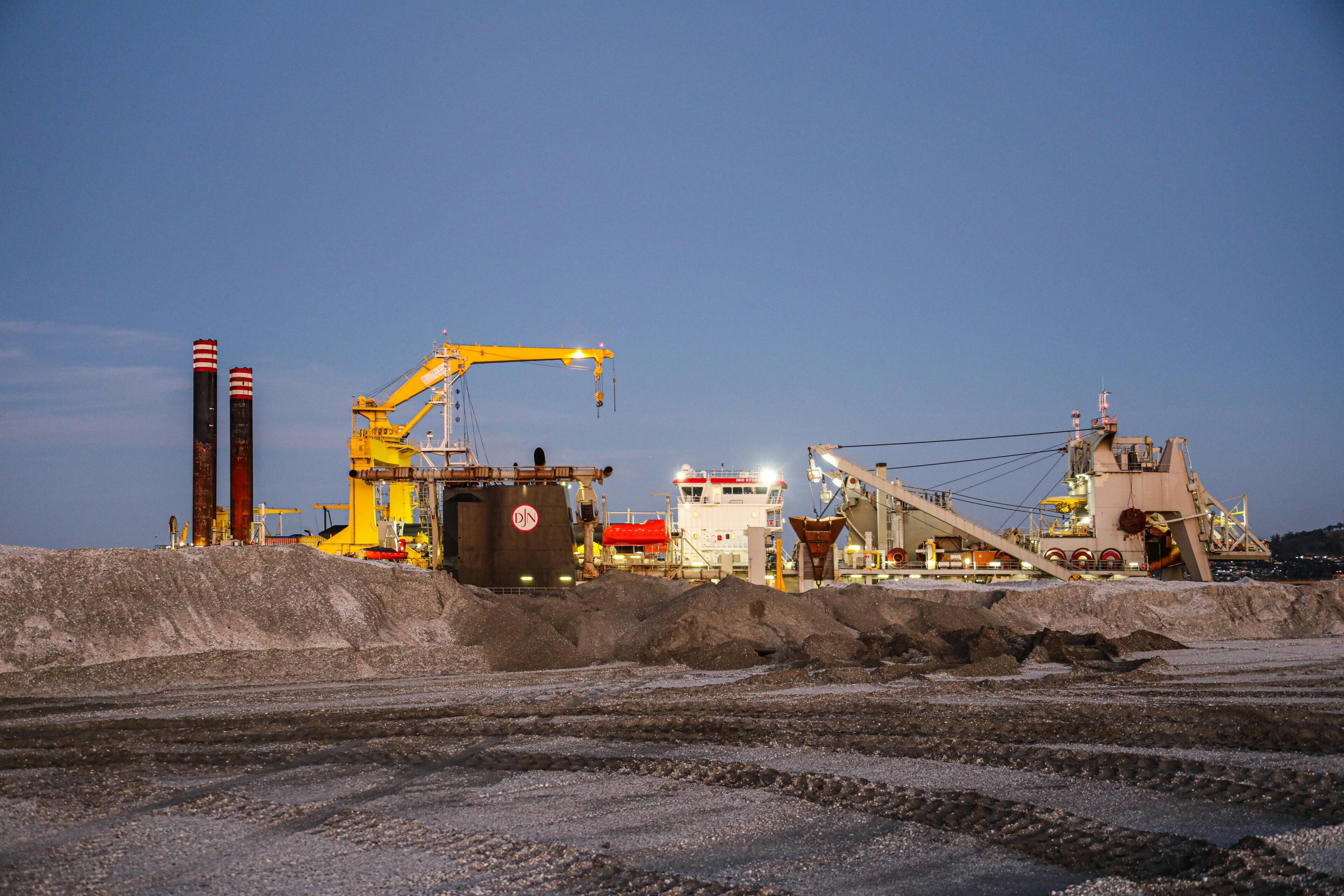
brand-new quay wall and container yard
We mobilised several vessels for this purpose. Firstly, our backhoe dredger Postnik Yakovlev to remove the soft material at the site of the new container terminal as this material is not fit to serve as a stable underground to build upon. Next, our trailing suction hopper dredger Ortelius took over the dredging job until it reaches the rocky underground. On the other hand, trailing suction hopper dredgers Ortelius and Galileo Galilei also bring in sand to reclaim new land for this container yard via a floating line and a spray pontoon.
Did you know that...
To consolidate the newly reclaimed piece of land created with Ortelius, we use prefabricated vertical drains. Those are geotextile filter-wrapped plastic strips with moulded channels. These act as drainage paths to take pore water out of soft compressible soil so it consolidates faster.





Area Manager
Koen Robijns
Looking for a partner to realise your dredging projects?

To accommodate larger and more container vessels at the same time, four to be precise, we are constructing a new 730-metre long quay wall and we are expanding the terminal itself by reclaiming 22 hectares of land for the second container yard.
In recent years, bigger and bigger vessels have been navigating through our seas and oceans. But the bigger the vessels, the fewer can moor at a quay. That is why in 2021, the Uruguayan government, together with Katoen Natie, decided to further expand the container terminal Cuenca del Plata.
Today, the port of Montevideo, Uruguay, ranks among the 15 largest container ports in South America. And soon it will rise even higher within that ranking. Because thanks to a major investment and our contribution, the Terminal Cuenca del Plata will expand, which will turn Montevideo into a state-of-the-art container hub in the South Atlantic. It will become a next generation specialized container terminal, with at least double its current international cargo capacity and ready to welcome the most modern container carriers.
586,000 m3 of limestone removed
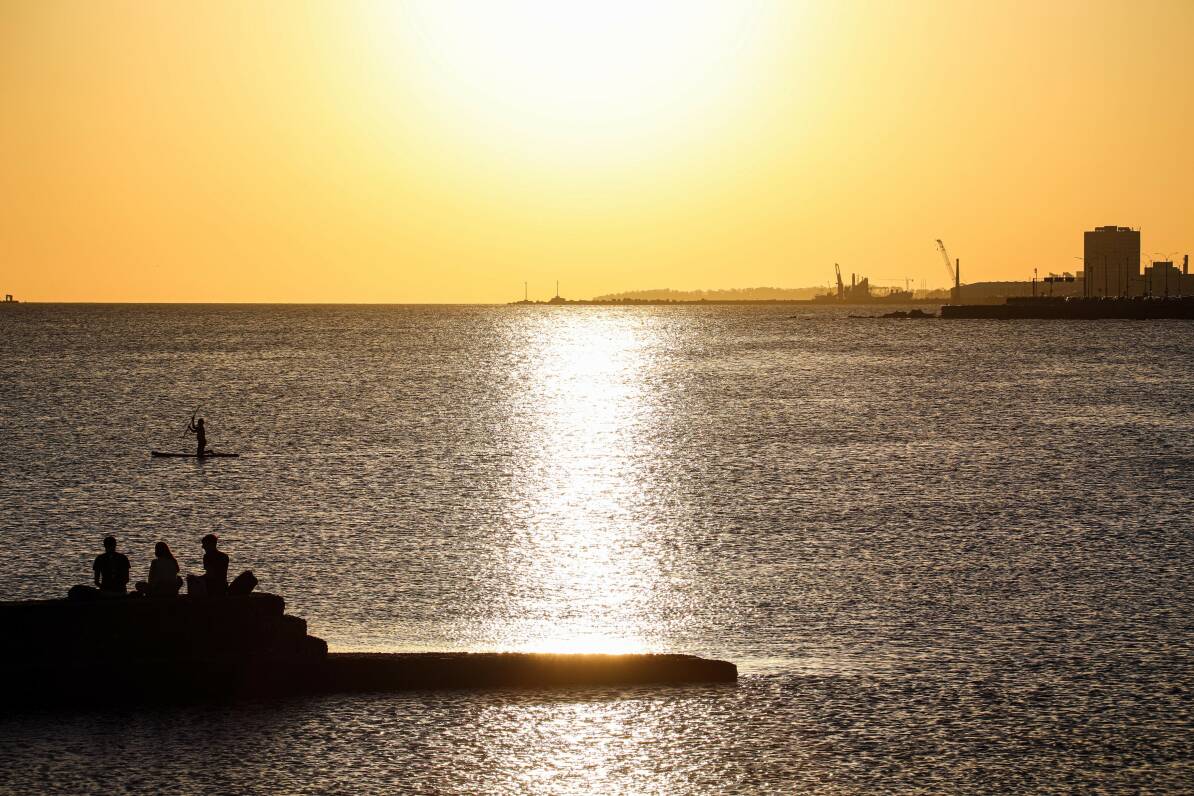

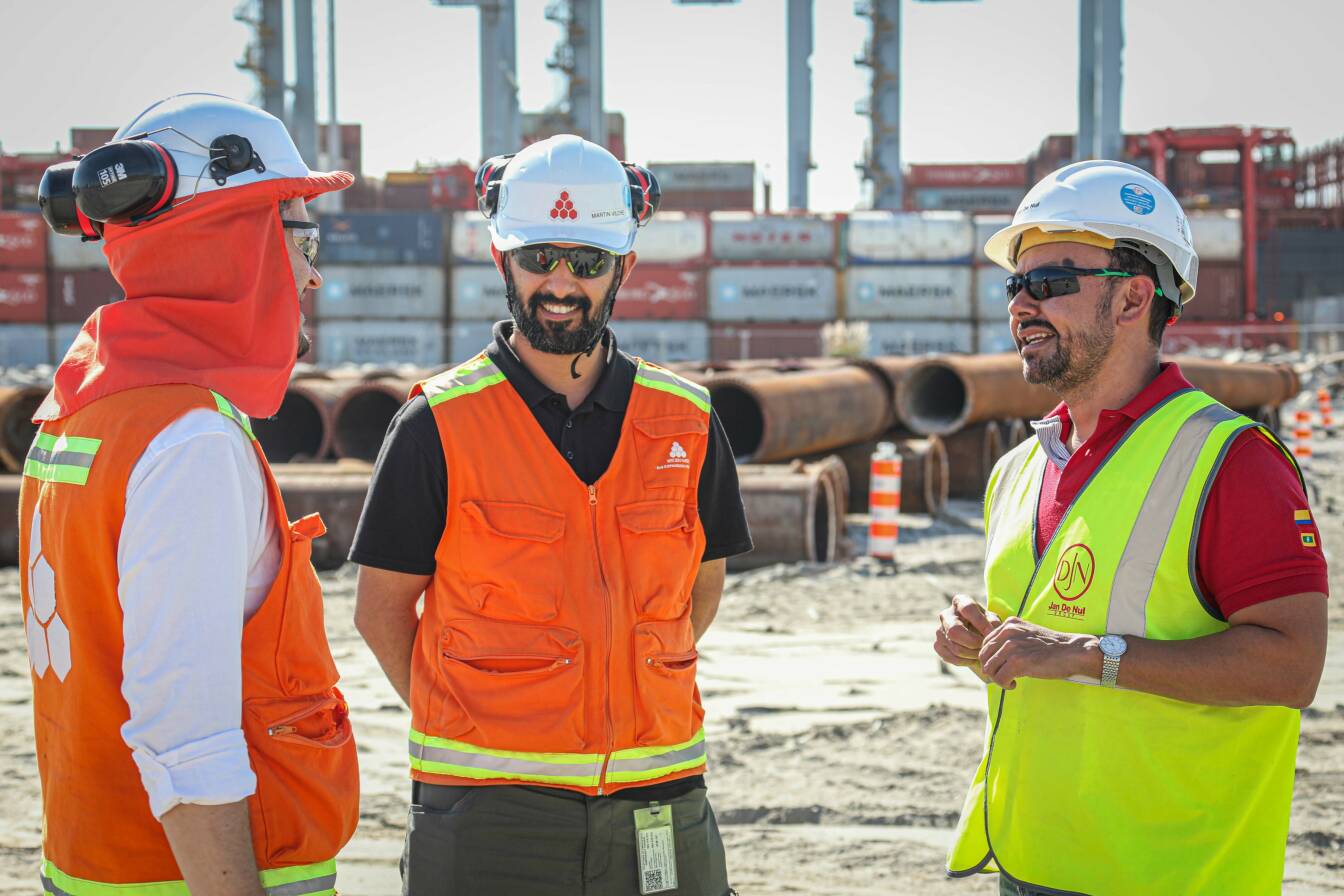





Looking for a partner to realise your dredging projects?
Area Manager
Koen Robijns
When the works are completed, the port of Montevideo will be a major hub for the continent. Moreover, it will directly and indirectly provide an increase in employment.

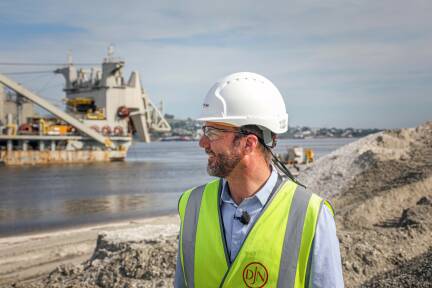

An added challenge in the construction of this new terminal and quay wall is the historic “Escollera Sarandi” and the “Hotel Nacional”. Both are historical structures near the project site. To protect them from the vibrations of the drilling and blasting works, we use a seismograph to constantly monitor the impact.
“Escollera Sarandi”, the historical breakwater and an important monument in Montevideo, is situated right next to the project site. There is a spectacular view of the Old Town and the harbour, and it is a meeting place for fishing lovers. An element that requires our special attention during the works on the project as this breakwater is very fragile. We always maintain a safe distance of 25 metres.
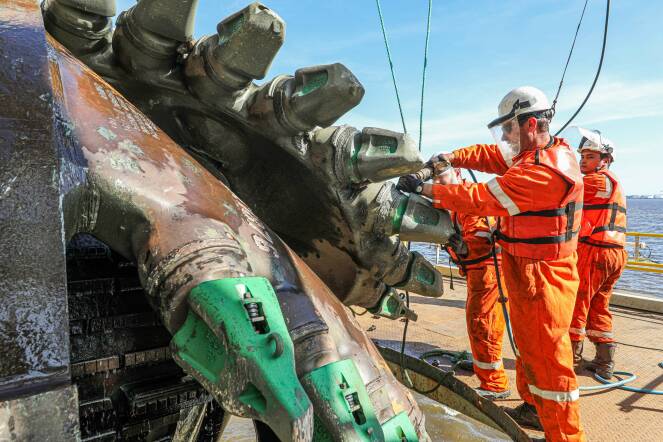
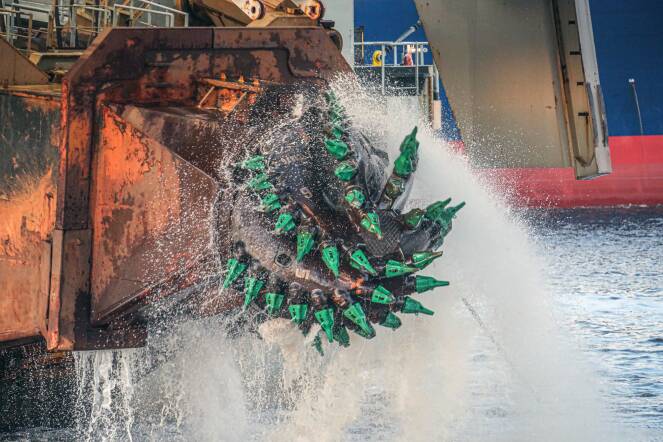

The ever-larger vessels also need greater water depths to reach the ports smoothly and be able to moor at the quay. A depth of 17 metres at the quay wall should guarantee that this quay is prepared for possible future deepening of the access channel to accommodate those larger vessels to enter the port of Montevideo.
This is where our cutter suction dredger Willem van Rubroeck comes into the picture, as the ocean bed here in front of the new quay wall turns out to be bone hard. A challenging assignment that our powerhouse is only too happy to take on. Thanks to the heavy weight of her ladder and the pulling power of her winches, she is the vessel of choice for this job.
In addition to the Willem van Rubroeck dredging and making its way through the rock-hard subsoil, we also apply in parallel the drilling and blasting technique in other rock areas, in which explosives shatter the seabed, and the blasted rock is later removed by means of another dredger such as our backhoe dredger Postnik Yakovlev.
Loic Mallet
Works Manager Dredging and Civil
Estefany Torres Castro
Geologist


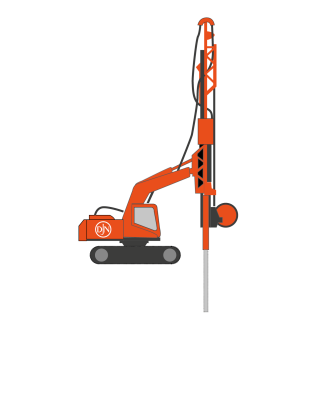
brand-new quay wall and container yard
Did you know that...
To consolidate the newly reclaimed piece of land created with Ortelius, we use prefabricated vertical drains. Those are geotextile filter-wrapped plastic strips with moulded channels. These act as drainage paths to take pore water out of soft compressible soil so it consolidates faster.

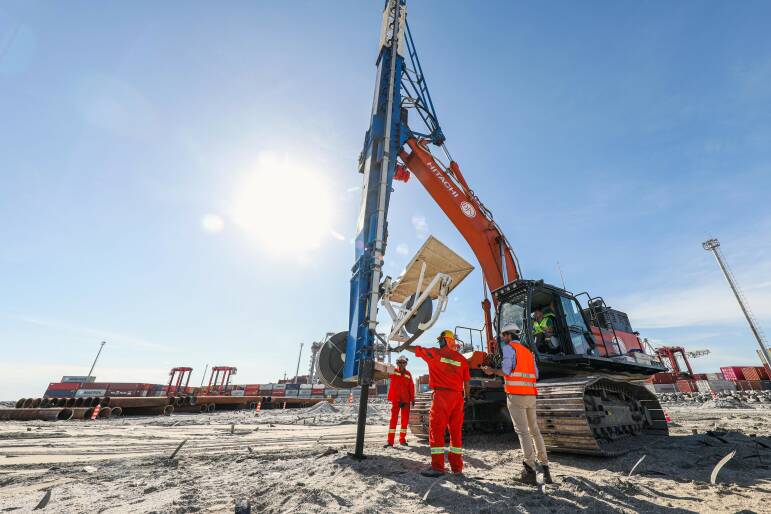
We mobilised several vessels for this purpose. Firstly, our backhoe dredger Postnik Yakovlev to remove the soft material at the site of the new container terminal as this material is not fit to serve as a stable underground to build upon. Next, our trailing suction hopper dredger Ortelius took over the dredging job until it reaches the rocky underground. On the other hand, trailing suction hopper dredgers Ortelius and Galileo Galilei also bring in sand to reclaim new land for this container yard via a floating line and a spray pontoon.

In recent years, bigger and bigger vessels have been navigating through our seas and oceans. But the bigger the vessels, the fewer can moor at a quay. That is why in 2021, the Uruguayan government, together with Katoen Natie, decided to further expand the container terminal Cuenca del Plata.
To accommodate larger and more container vessels at the same time, four to be precise, we are constructing a new 730-metre long quay wall and we are expanding the terminal itself by reclaiming 22 hectares of land for the second container yard.





Today, the port of Montevideo, Uruguay, ranks among the 15 largest container ports in South America. And soon it will rise even higher within that ranking. Because thanks to a major investment and our contribution, the Terminal Cuenca del Plata will expand, which will turn Montevideo into a state-of-the-art container hub in the South Atlantic. It will become a next generation specialized container terminal, with at least double its current international cargo capacity and ready to welcome the most modern container carriers.

